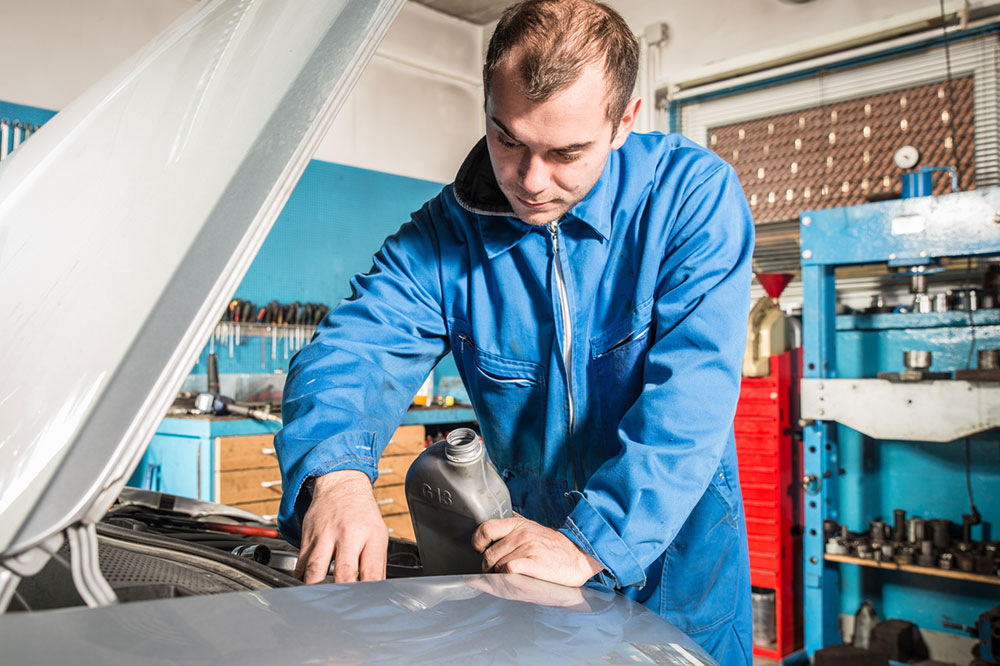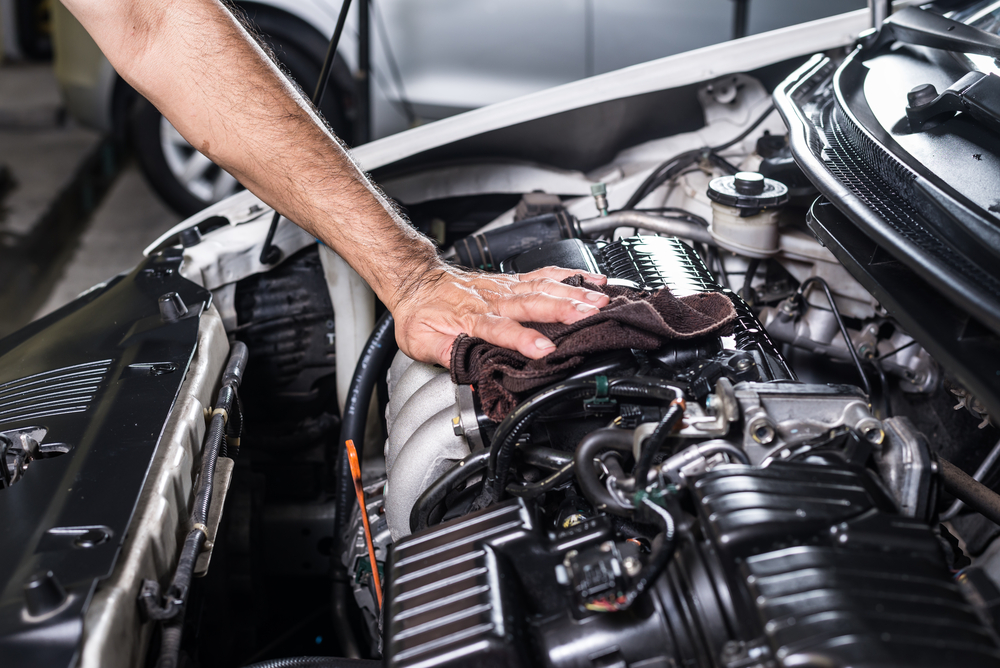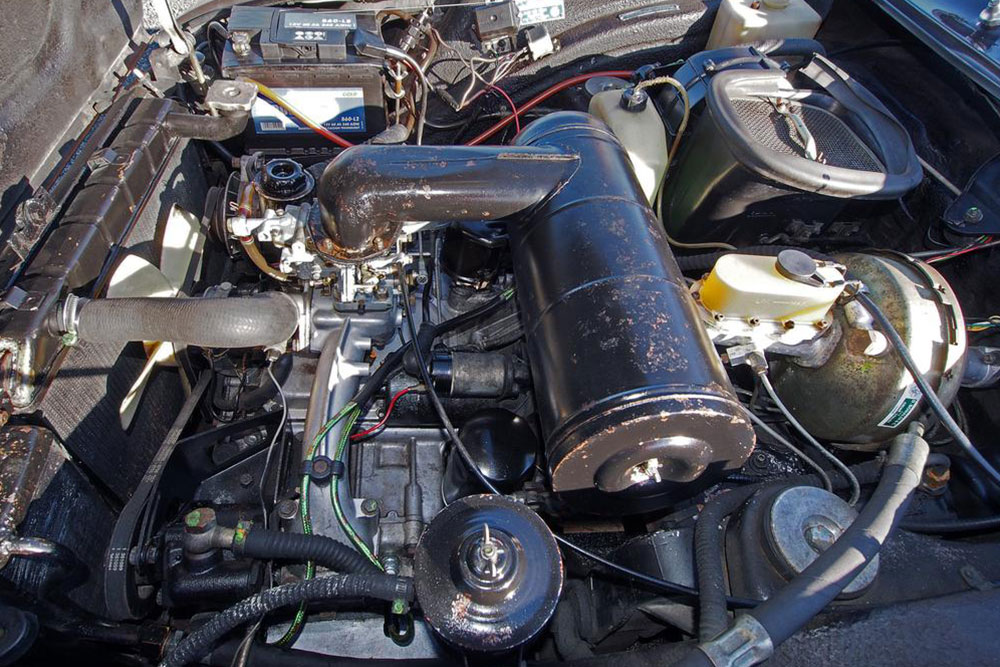Comprehensive Guide to Vehicle Maintenance for Extended Longevity and Enhanced Safety
Discover essential vehicle maintenance tips to prolong your car’s lifespan and enhance safety. This comprehensive guide covers everything from tire care and engine oil changes to brake inspections and fluid checks. Regular maintenance not only improves performance but also prevents costly repairs and ensures road safety. Learn how to properly care for your vehicle's core components, maintain the interior, and keep your vehicle environmentally compliant. Stay informed and proactive to maximize your vehicle’s longevity and enjoy trouble-free driving for years to come.

Comprehensive Guide to Vehicle Maintenance for Extended Longevity and Enhanced Safety
Owning a vehicle is not only a significant financial commitment but also a responsibility that demands consistent care and maintenance. Proper upkeep ensures that your car remains reliable, fuel-efficient, and safe for you and your passengers. From the initial purchase, which involves thorough research and test drives, to ongoing maintenance routines, every step plays a critical role in extending the lifespan of your vehicle. In this detailed guide, we will explore essential vehicle maintenance practices, common issues to watch for, and professional tips to keep your car performing at its best over many years.
Understanding the significance of routine maintenance can save you money in the long run, prevent unexpected breakdowns, and ensure safety on the road. Regular inspections and timely repairs help identify potential problems early, avoiding costly fixes and reducing the risk of accidents. Implementing a comprehensive maintenance plan tailored to your vehicle’s make, model, and usage frequency will go a long way in optimizing performance and durability.
Understanding the Core Components of Vehicle Maintenance
Before diving into specific maintenance tips, it’s important to understand the key components of your vehicle that require regular attention. These include tires, engine oil, lighting system, brakes, battery, belts, cooling system, and fluid levels. Keeping these in check ensures your vehicle runs smoothly and efficiently while also maintaining safety standards.
Tires: The Foundation of Safe Driving
Tires are arguably the most critical safety component of any vehicle. Properly inflated tires provide optimal traction, fuel efficiency, and ride quality. Regularly check tire pressure using a reliable gauge, ideally once a month and before long trips. Under-inflation can lead to increased fuel consumption, premature tire wear, and higher risk of blowouts, especially at high speeds. Over-inflated tires, on the other hand, can reduce grip and cause uneven wear.
Inspect tires for signs of uneven tread wear, cuts, cracks, or embedded objects. If the tread depth falls below the recommended level, typically 2/32 inch, replace the tires promptly. Investing in quality tires suited for your driving conditions enhances safety and performance significantly.
Engine Oil: Keep the Heart of Your Vehicle Well-Lubricated
Engine oil plays a vital role in lubricating engine components, reducing friction, preventing overheating, and minimizing wear. Regular oil changes are essential to maintain engine health and efficiency. Consult your vehicle’s owner manual to determine the recommended oil change interval, which can range from every 3,000 to 7,500 miles depending on driving habits and oil type.
Check the oil level periodically, ideally during refueling or after vehicle startup, using the dipstick. If the oil appears dark and gritty or if it drops below the recommended level, schedule an oil change with a professional mechanic. Using the correct grade of oil specified by the manufacturer further enhances engine performance and longevity.
Lights, Mirrors, and Windows: Maintain Visibility and Safety
Ensuring all exterior lights—headlights, tail lights, brake lights, turn signals—are functioning properly is crucial for safe driving, especially during night or adverse weather conditions. Regularly inspect and replace any dim or broken bulbs to maintain maximum visibility.
Mirrors should be clean and correctly adjusted to minimize blind spots. Cracks or damage to windows and windshields should be addressed immediately to avoid impairing visibility. Consider replacing damaged glass and using quality windshield wipers for effective cleaning.
Battery, Belts, and Brakes: The Power and Stopping System
The vehicle’s battery is essential for starting the engine and powering electrical components. Test the battery for corrosion, swelling, or leaks periodically. Clean battery terminals and replace aging batteries to prevent roadside failures.
Inspect drive belts for cracks, fraying, or looseness. Worn belts can cause engine overheating or failure of auxiliary components like the alternator or water pump.
Brake system maintenance is paramount for safety. Regularly check brake pads and rotors for wear and have them serviced or replaced as needed. A firm, responsive brake pedal indicates healthy brakes, whereas squealing or a spongy pedal may signal the need for immediate attention.
Interior and Exterior Care for Comfort and Preservation
Maintaining a clean interior promotes a more comfortable driving experience and protects vehicle surfaces from deterioration. Regularly vacuum seats, mats, and carpets. Wipe down dashboards, steering wheels, and door panels with appropriate cleaning agents.
Exterior maintenance involves washing the vehicle to remove dirt, salts, and pollutants that can cause rust and paint damage. Applying wax periodically enhances the car’s shine and provides a protective layer against environmental elements. Address any paint chips or scratches promptly to prevent rust formation.
Fluid Levels and Cooling System
Regularly check essential fluids including coolant, transmission fluid, brake fluid, power steering fluid, and windshield washer fluid. Maintaining proper fluid levels prevents overheating, transmission slipping, and poor braking performance.
The cooling system, specifically the radiator and coolant, is vital for preventing engine overheating. Flush the cooling system as recommended by the manufacturer and top up coolant levels accordingly.
Emission Control and Environmental Compliance
Periodic emission tests ensure your vehicle adheres to environmental standards, reducing harmful pollutants. Depending on your jurisdiction, compliance with emission regulations might involve annual or biannual testing. Keep your vehicle in good condition to pass these tests easily, which include inspecting catalytic converters, exhaust systems, and overall engine performance.
Windshield Wipers and Visibility Aids
Clear visibility during rain or snow is essential. Periodically inspect windshield wipers for streaks, cuts, or cracking. Replace wiper blades at least once a year or whenever they no longer clear the windshield effectively. Keep the windshield clean and free of debris to improve the effectiveness of wipers and ensure safe driving conditions.
Adhering to these maintenance practices consistently will significantly extend your vehicle's lifespan, reduce repair costs, and ensure safety on every trip. Partnering with reputable service centers and following the manufacturer’s guidelines will help you stay on top of vehicle upkeep and enjoy years of reliable, safe driving.





